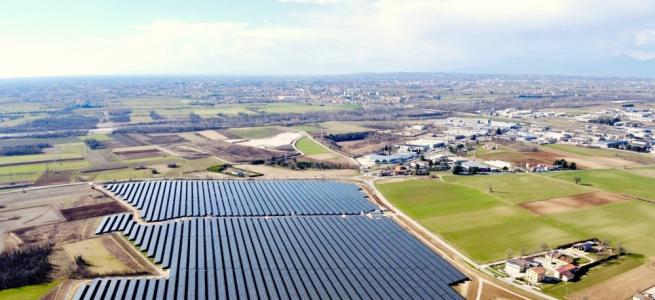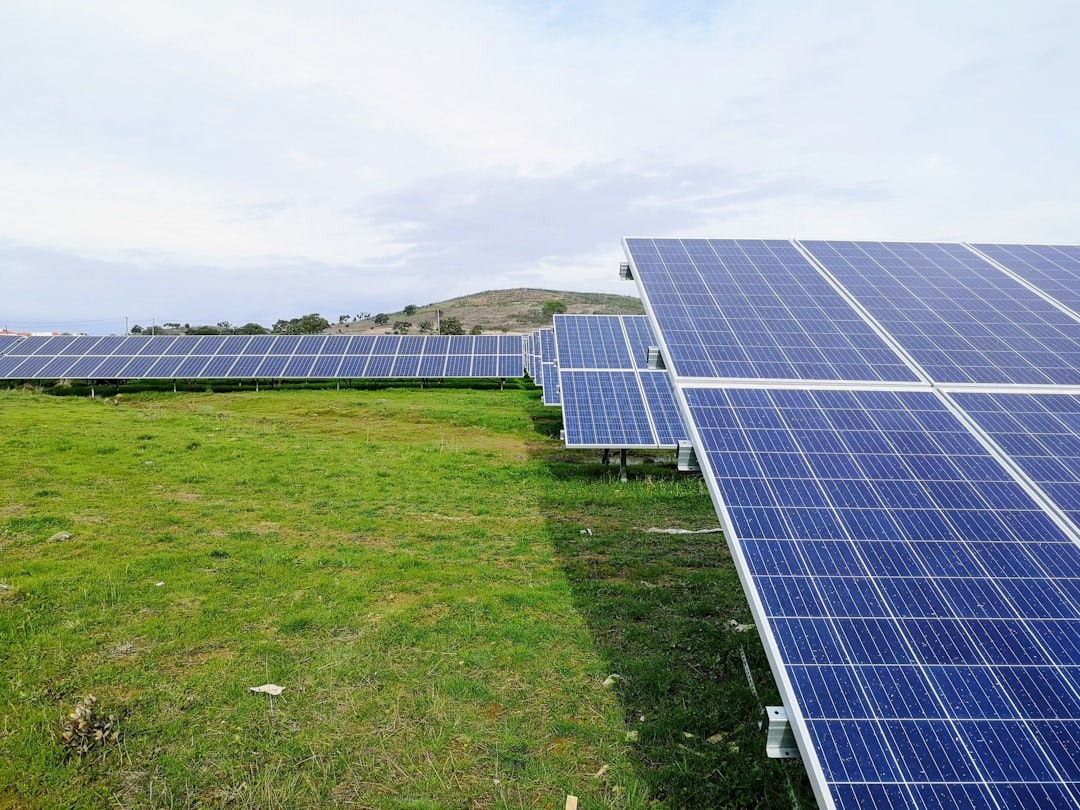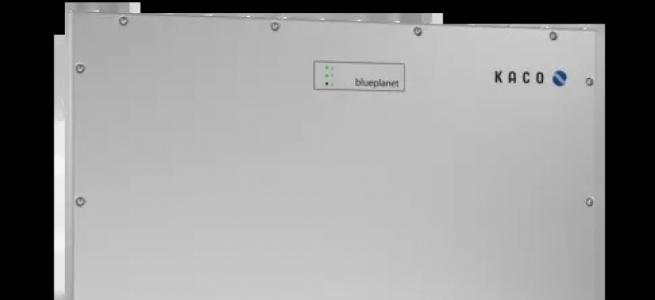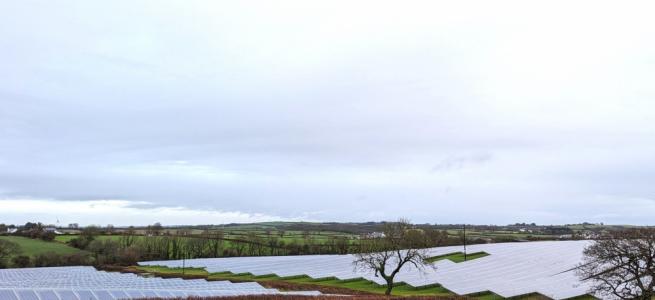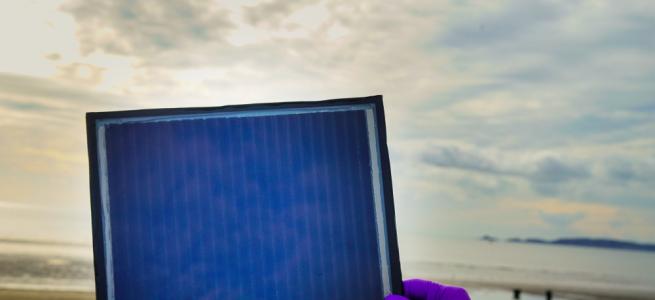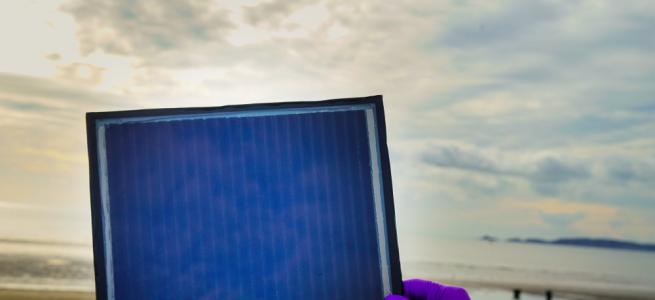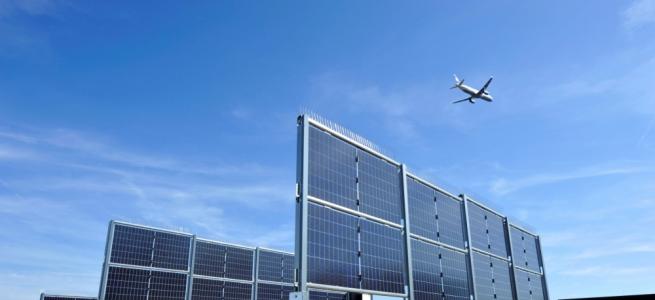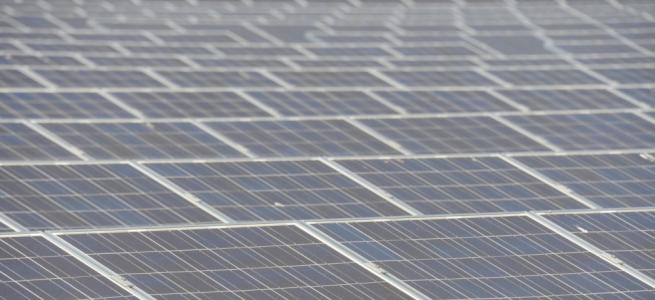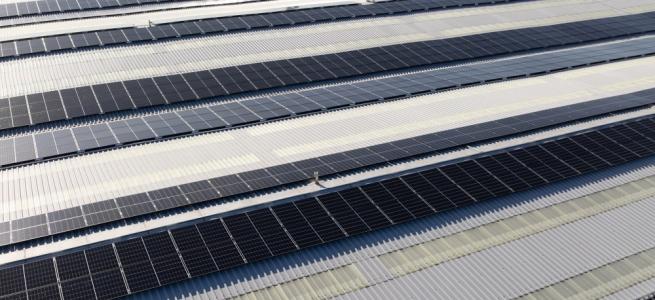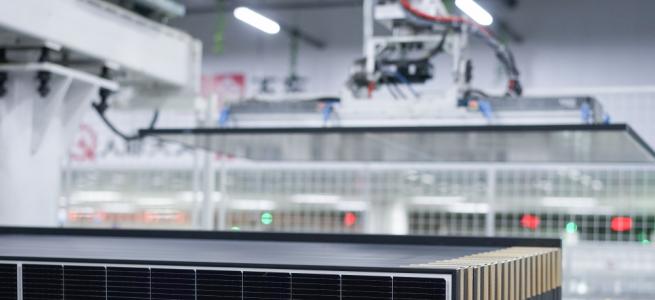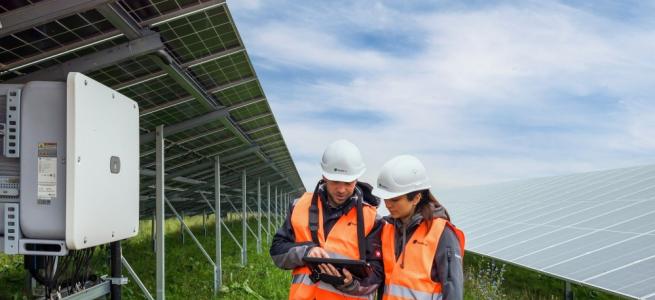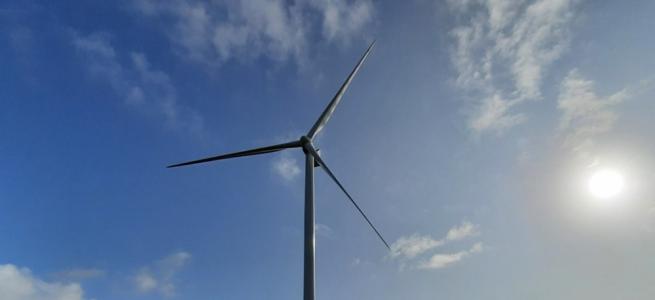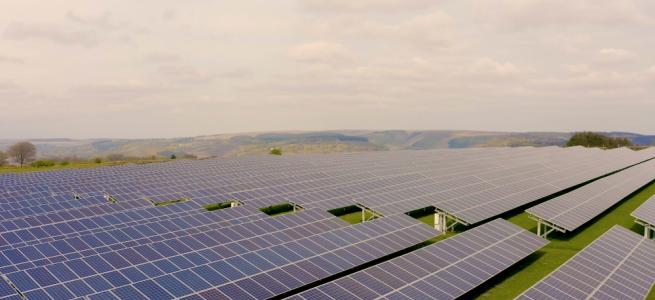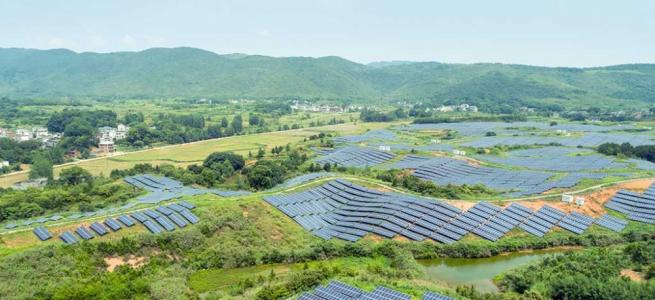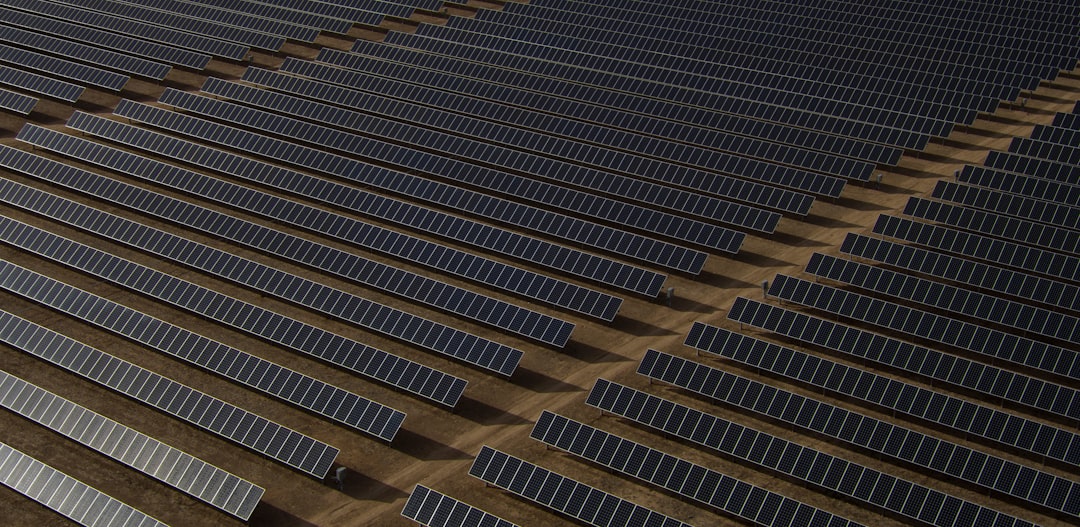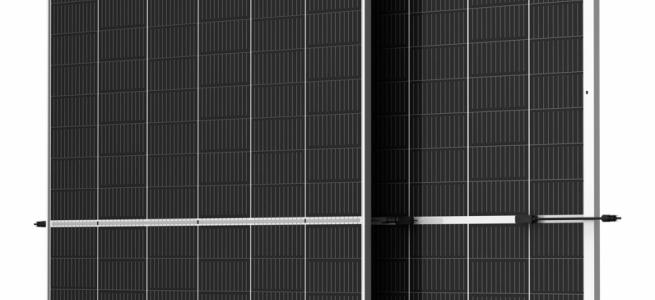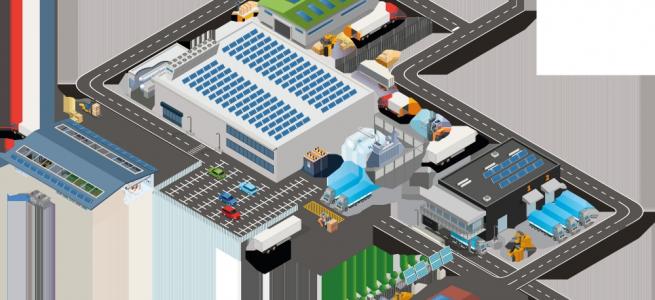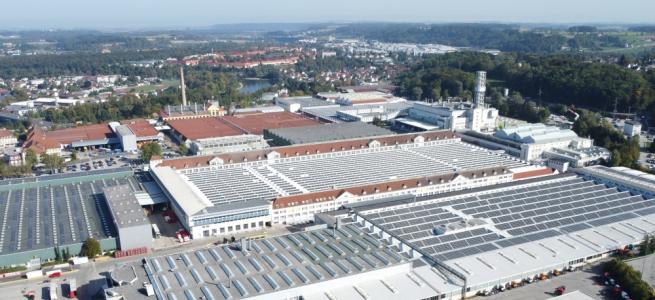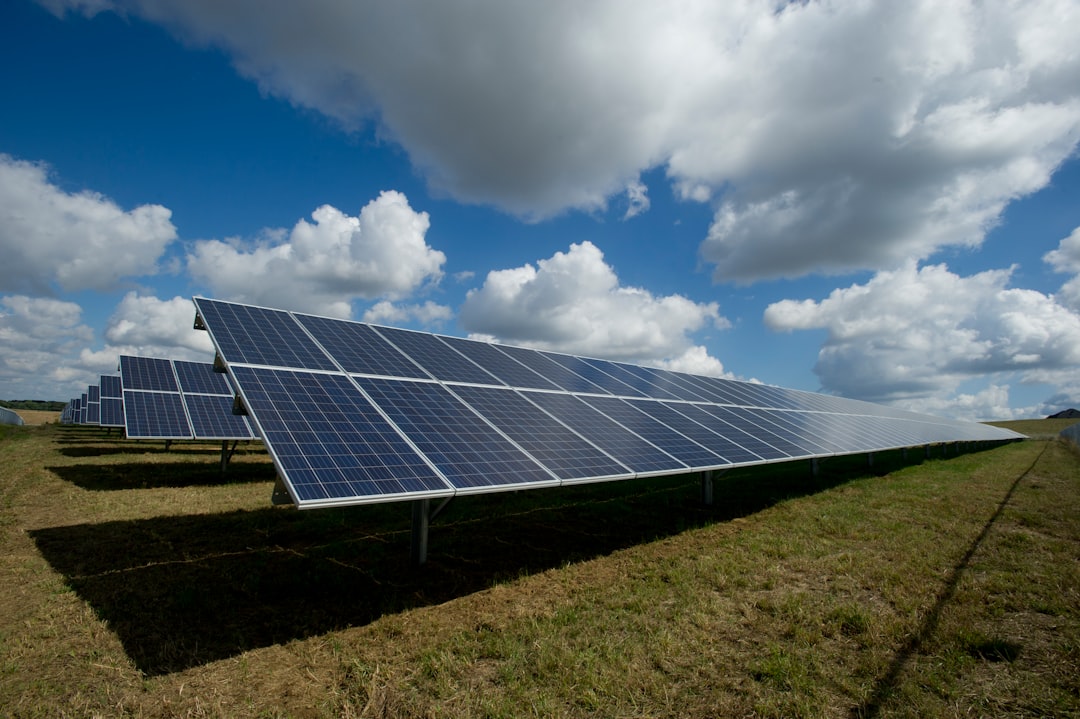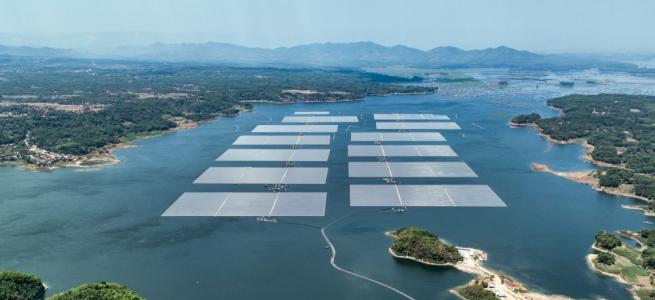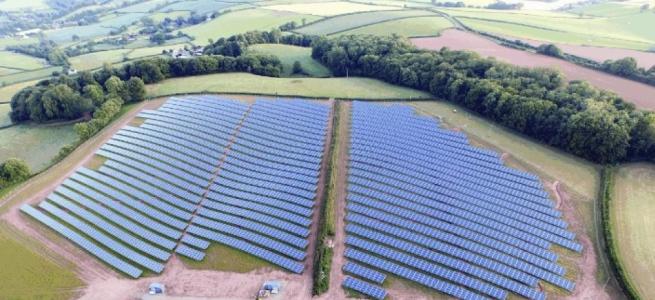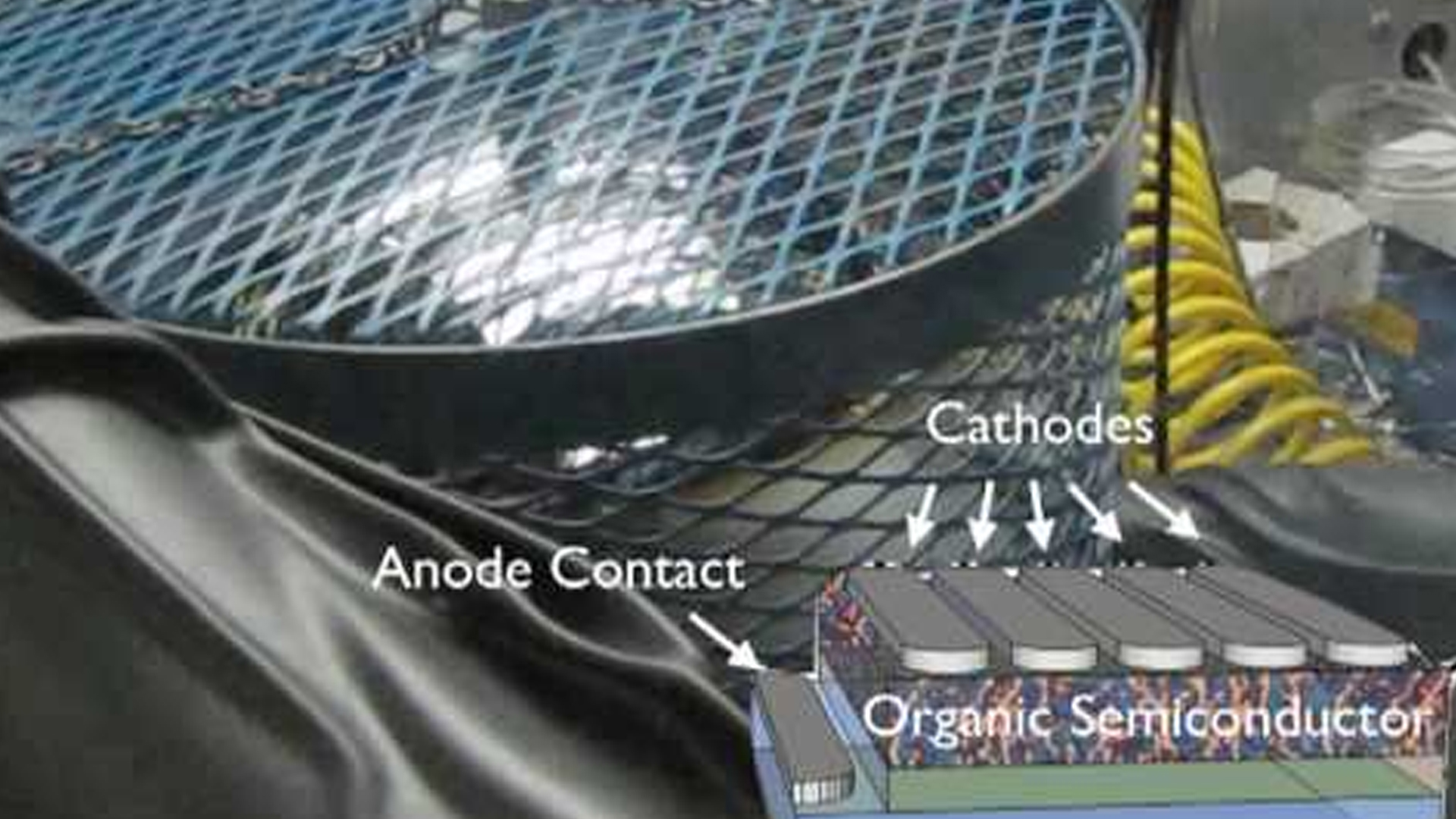From fuel to photovoltaics
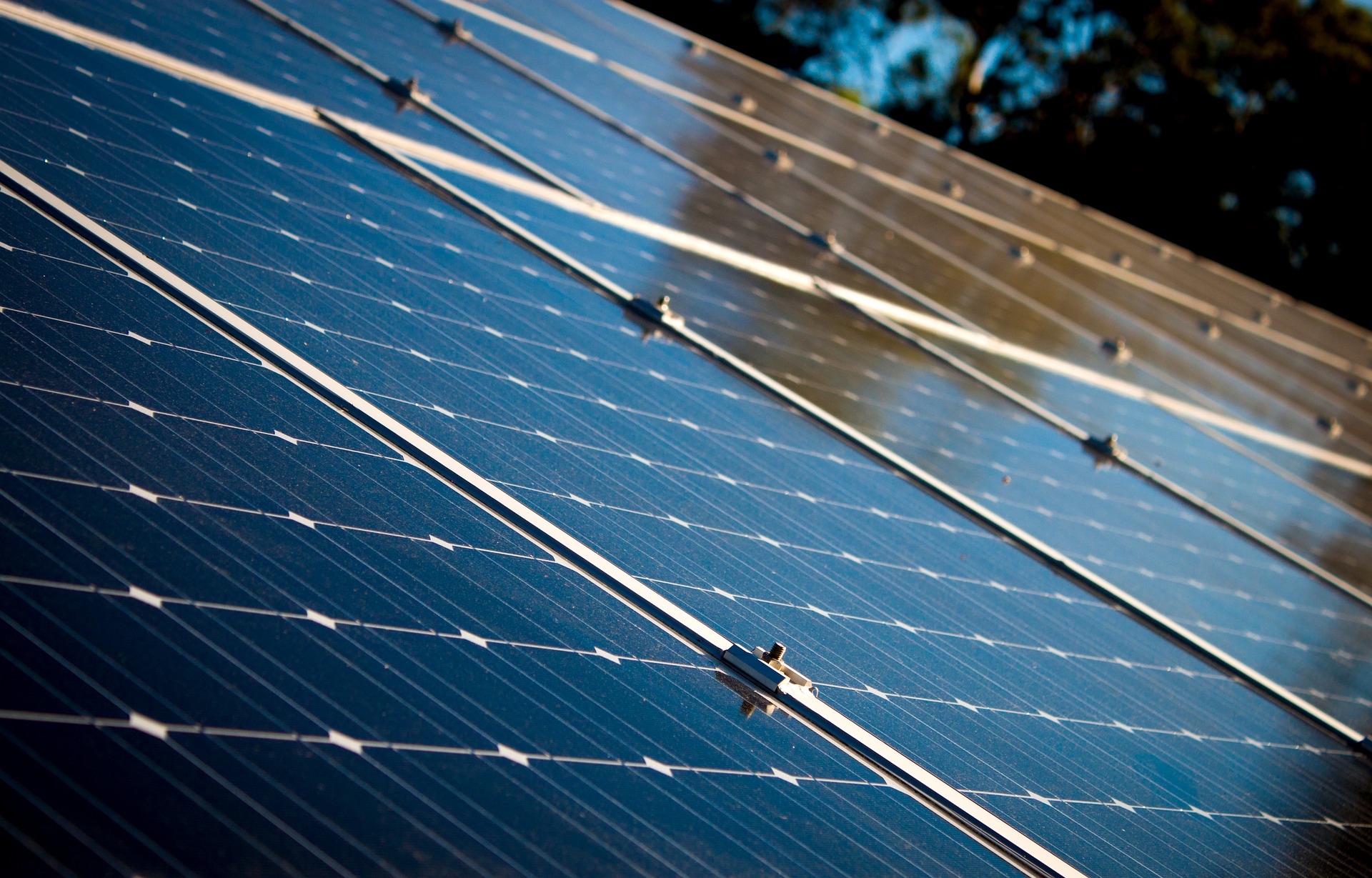
In its 2021 annual report, the Department for Transport in the UK found that in 2019 domestic transport, excluding planes, was responsible for emitting 122m tonnes of carbon dioxide equivalent. The transport sector is the largest emitter of greenhouse gases, making up 27 per cent of total emissions in the UK. As a result, there has been increased public interest in electric vehicles (EV). Here, Duncan Clark, Director of Operations at nanotechnology research company NextGen Nano, explains how photovoltaic technology can augment power in electric cars, public transport and planes.
In their current state, photovoltaics cannot generate the amount of energy needed to fully power electric vehicles like cars and buses. However, they will augment power needs, making batteries last longer and generating power for features such as air-conditioning and stereo. Solar photovoltaics (PV) is an evolving technology that transforms light into electricity, when a photon impacts a surface made of special materials it generates the release of an electron. This is different to solar thermal, which relies on sunlight to heat fluids.
Organic photovoltaics (OPVs) are receiving widespread attention because of the lower cost, lower material toxicity and having less of an environmental impact than other commercial silicon solar cells. Photovoltaic glass is also an emerging technology that can augment power in electric vehicles. Especially because of its glass-like nature, it can be used for windows or other glass applications
Electric Cars
Since cars spend most of their time outside, either parked or while driving, placing PV cells on car roofs is beneficial to help charge electric batteries. While this currently would not generate enough electricity to fully charge the car, it can help with added extras. Some car manufacturers are already using solar panels to aid electric batteries. The Toyota Prius plug-in, for example, has a solar panel on the roof that charges while the vehicle is parked. Solar energy is then used to power the sat-nav and air conditioning.
Alternatively, car parks that offer electric vehicle charging could install PV covered car ports so the electricity they create is from solar power. Not only would these car ports cover the car from weather damage, but they would also be generating electricity. These PV arrays can be used at a wide variety of locations including super-markets, shopping centres or motorway services.
Public transport
Transforming public transportation, particularly in cities, is imperative. According to the New York Times, cities account for more than two-thirds of global carbon dioxide emissions.
The world’s first solar-powered bus was created in 2013 in Australia, though there are no solar panels installed on the bus, the battery is charged at the central bus-station using solar power before it goes on its journey around town. Like electric cars, the best way to optimise photovoltaic cells for transportation is by using them, not only on the vehicle, but in the environment around the vehicle.
Using solar power can also be cheaper in the long run for councils to maintain. A cost of ownership analysis by clean transport campaign group, Transport & Environment (T&E) found that after including external costs, electric buses were cheaper than diesel buses in terms of operating expense.
Electric Planes
According to the Department of Transport’s 2021 annual report, international aviation emissions have increased from the period of 1990 to 2019 by 138 per cent. They now emit 37 million tonnes of carbon dioxide equivalent. Though some may hope the solution lies in solar-powered planes, the idea is currently unfeasible.
The amount of power that the plane can obtain is dependent on how many solar panels can fit on the wings. The Solar Impulse, although able to circumnavigate the world using only solar power, had a wingspan of 71.9m that carried more than 17,000 solar cells on its wings, but it could only carry the pilot. This means the likelihood of flying on a solar plane is currently impossible.
However, this has not stammered interest in solar flight. The US Navy is currently developing a new solar-powered vehicle that can fly unmanned for 90 days, it is clear that there is still interest in solar flight despites its current limitations. These planes may not be able to carry heavy cargo or even people, but they can be used to capture images or as a communication relay.
The future of electric transport
If electrification is the future of the transport industry, it should not rely solely on the electricity grid. Transport must generate electricity through renewable energy like solar power to truly have an impact on carbon emissions. Though the use of solar power for transport is limited by the number of panels able to be fitted on the vehicle, ingenious new ways to take advantage of solar energy are being created.
Recent breakthroughs in organic semiconductors have led to the creation of polymer solar cells (PSCs). Using a patented, proprietary technology developed by NextGen Nano, efficient PSCs are used to create flexible and semi-transparent solar panels, designed to fit many applications in the transport industry. These PSCs are also more environmentally friendly than existing silicon-based cells that produce hazardous materials such as cadmium compounds, silicon tetrachloride and lead during manufacturing and disposal.


